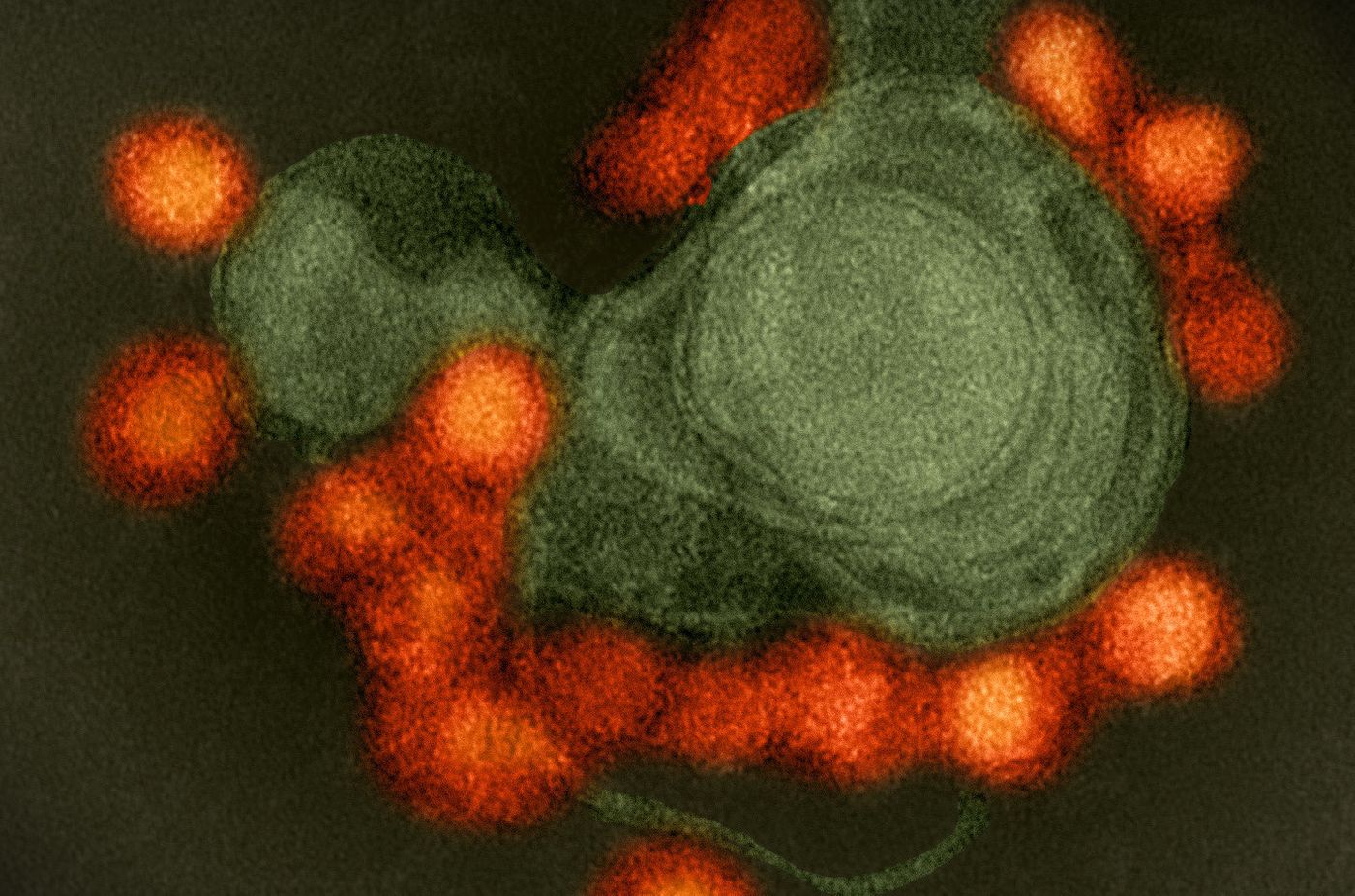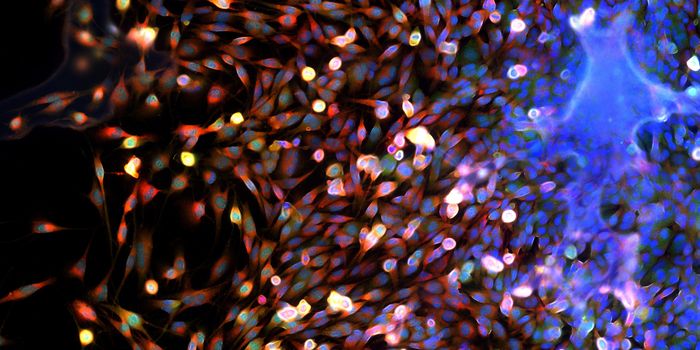Learning How TORCH Pathogens Cause Brain Malformations
The term TORCH pathogens refers to a group of viruses including Toxoplasma gondii, Rubella, Human Cytomegalovirus (HCMV), Herpes Simplex Viruses 1 and 2 (HSV-1 and HSV-2), and the recently included Zika virus (ZIKV). These viruses are known to cause microcephaly, a developmental brain disorder in some children born to women infected with one of these viruses. Researchers wanted to know whether the different viruses can trigger microcephaly through the same mechanism, or if they cause this defect in different ways.
Reporting in the journal Cell Stem Cell, scientists used miniature, 3D cell structures that are meant to model the brain to show that these viruses can result in microcephaly in diverse ways. These 3D models, known as organoids, enable researchers to get a better idea of what happens in human organs, without ethical issues.
"The two major difficulties in researching these conditions are, first, the delicate topic of testing noxious effects on fetal brain development during pregnancy which, understandably, prevents direct research on human fetuses, and second, the unsuitability of laboratory animal models, as they are neither the natural hosts of the viruses nor do they represent an accurate model of human brain development," explained first study author Veronica Krenn.
"To this end, our group was able to compare 3D human brain organoid models infected with different viruses. These infection models give us the closest possible insight into the human brain developmental outcomes of the viruses we study, and help us dissect the underlying structural, cellular, transcriptional and immunological parameters," said Krenn, who is a postdoctoral researcher in the lab of Scientific Director Jürgen Knoblich at the Institute of Molecular Biotechnology of the Austrian Academy of Sciences (IMBA).
In this work, the researchers exposed 3D brain organoid models to the TORCH viruses ZIKV and HSV-1. They found that both viruses easily infected the organoids and caused cell death, halting their growth.
By assessing gene expression in the cells that made up the organoids, the researchers found that HSV-1 infection disrupts the cellular identity of neuroepithelial cells. Both ZIKV and HSV-1 disrupted an immune response pathway to the infection involving type 1 interferons, but it took different approaches to rescue that defect. The work seems to indicate that these viruses can interfere with brain development through different mechanisms. It also shows that 3D culture systems can tell us more about how brain development is disrupted by these viruses. Eventually, they may also be useful in the search for therapeutic agents.
"By specifically infecting organoids with viruses, we can not only learn a great deal about the critical brain development interactions that are typically complex in humans. We will also be able to better target weak points of these viruses to find possibilities for new therapies," added corresponding study author Knoblich.
Sources: AAAS/Eurekalert! via IMBA, Cell Stem Cell









